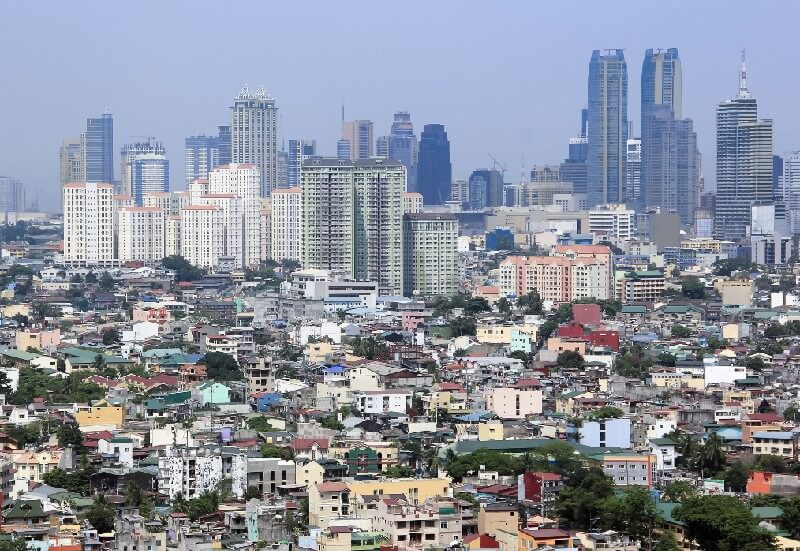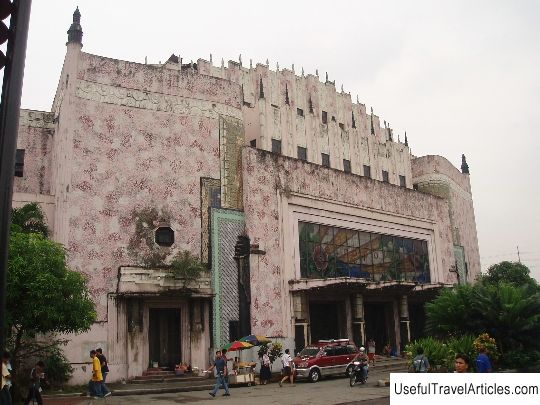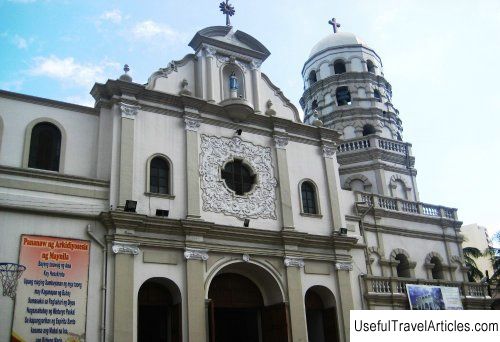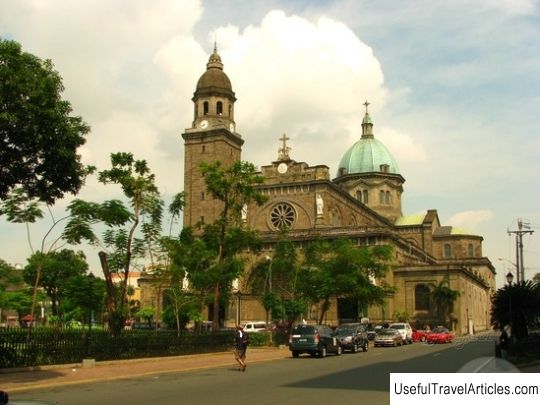The Manila Observatory description and photos - Philippines: Manila
Rating: 7,9/10 (143 votes) 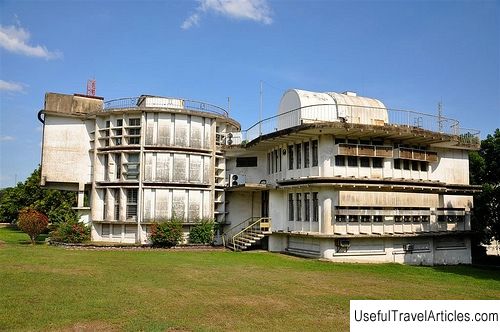
The Manila Observatory description and photos - Philippines: Manila. Detailed information about the attraction. Description, photographs and a map showing the nearest significant objects. The title in English is The Manila Observatory. Photo and DescriptionThe Manila Observatory is a non-profit research institute owned by the University of Ateneo de Manila. It was founded in 1865 by Jesuit monks and over the years of its history has been used for a variety of purposes, the main of which were and remain weather observation and earthquake prediction. Today, the observatory conducts research in the field of seismic activity and the study of the geomagnetic field of the earth. For the first time, the question of creating an observatory was raised in 1865, when Jesuit monk Jaime Nonell published an article in which he spoke about the observations of the typhoon in September of the same year by another Jesuit monk Francisco Colina. This treatise attracted the attention of the public, who asked the rector of the order, Juan Vidal, to to continue the observations. Initially, there were some doubts about the reliability of the information received by the Jesuits, since the monks used very primitive instruments to observe the weather. However, later the Vatican promised to acquire and donate the universal meteorograph Secchi to the monks. Thus began systematic studies of the Philippine weather. In 1879, the monks began to publish warnings about the approach of typhoons, and a year later began studying earthquakes. In 1884, the Spanish government officially recognized the observatory as the main weather forecasting institute in the Philippines. A year later, the time service began to work, in 1887 - a seismological laboratory, and in 1899 - an astronomical one. In 1901, when the control of the Philippines was in the hands of the United States, the observatory was turned into the Philippine Met Office, which was interrupted only during the Second World War. During the fierce Battle of Manila in 1945, all equipment and important scientific documents were destroyed. Only in 1951, the observatory was able to resume its work, but with very curtailed functions - its employees were engaged in seismological research and the study of the Earth's ionosphere. In 1963, the observatory was transferred to the University of Ateneo de Manila, of which it remains to this day. The observatory's research activities today are focused on such areas as climate change, the study of regional climatic systems, geomagnetic research, the study of the dynamics of the earth's shell and the quality of urban air, etc.   We also recommend reading Historical and Archaeological Museum description and photos - Crimea: Kerch Topic: The Manila Observatory description and photos - Philippines: Manila. |

